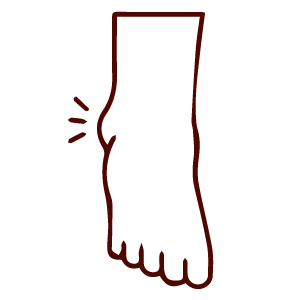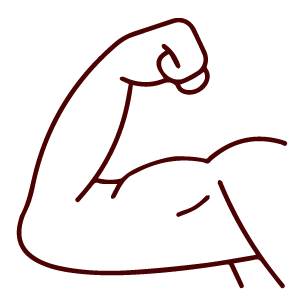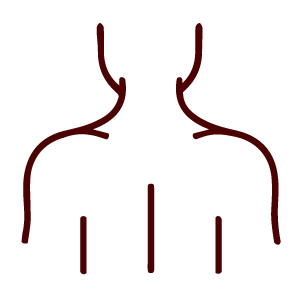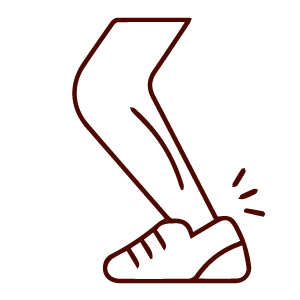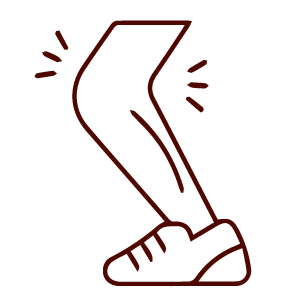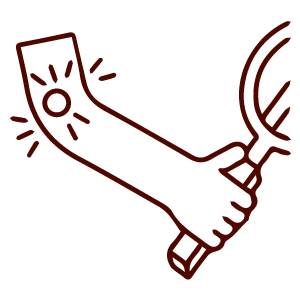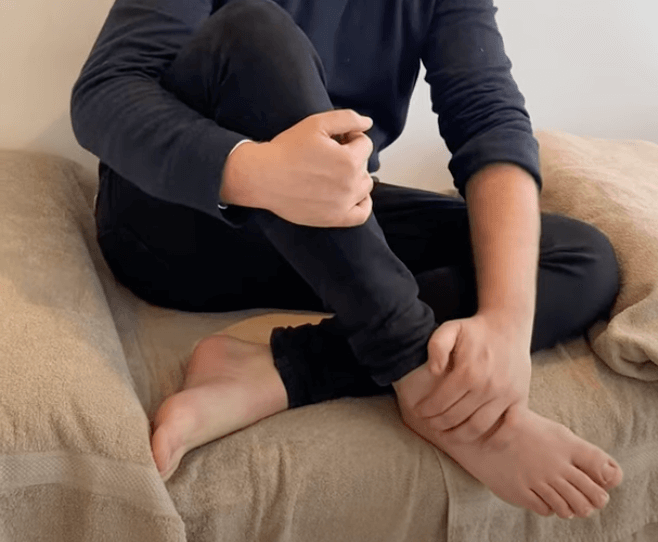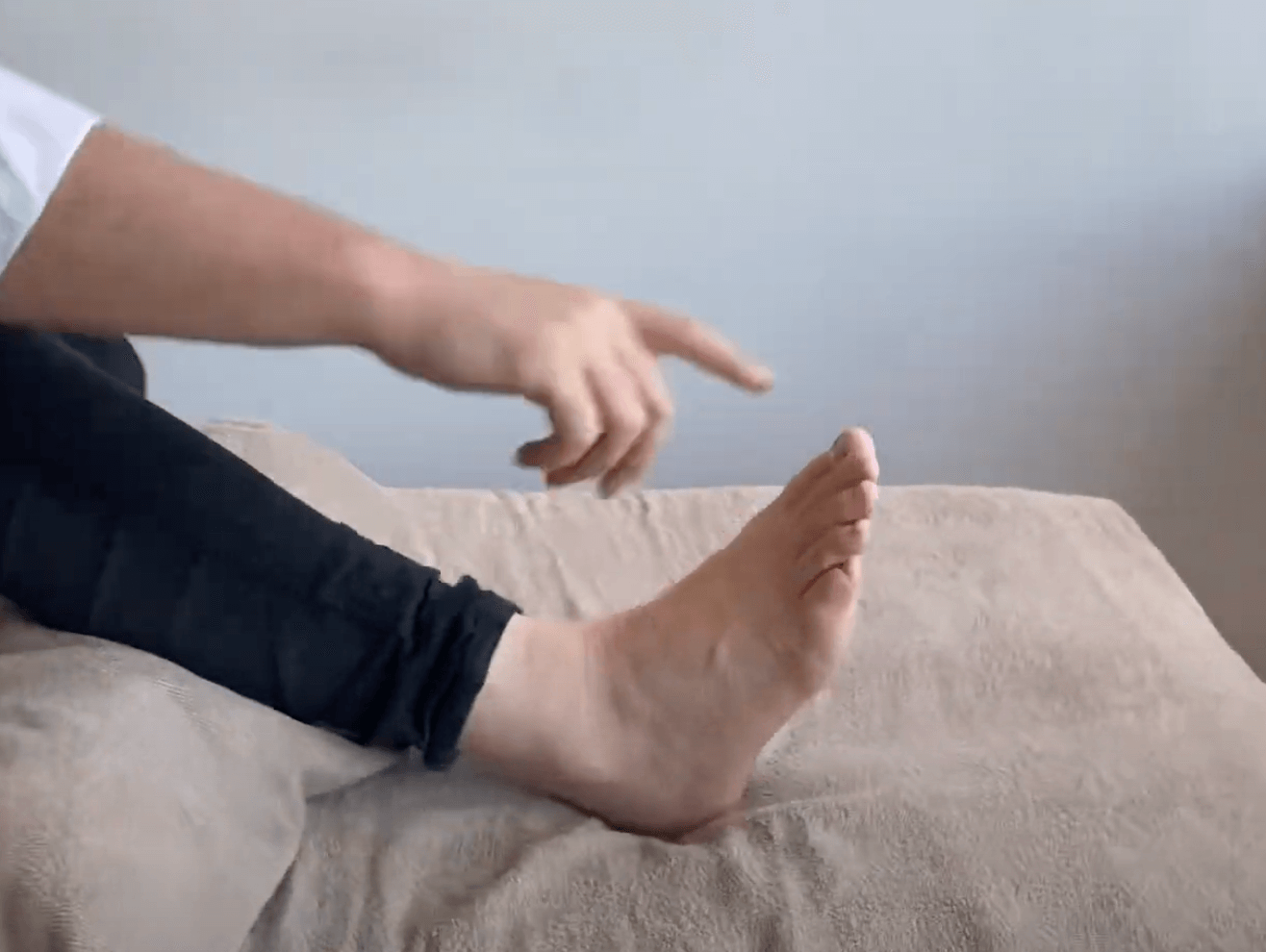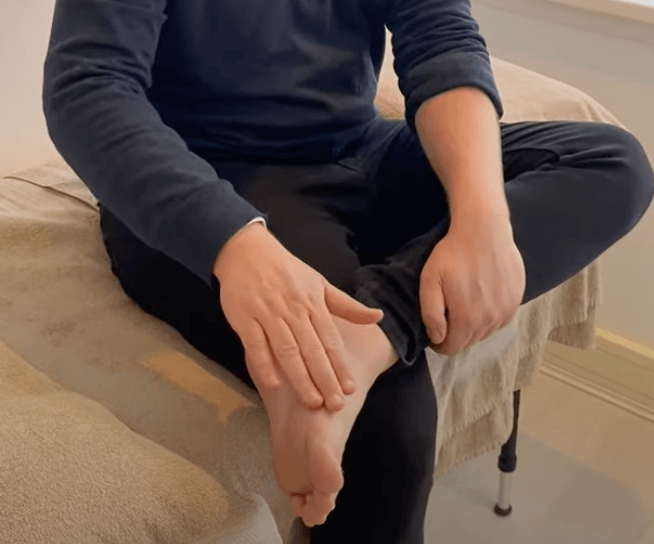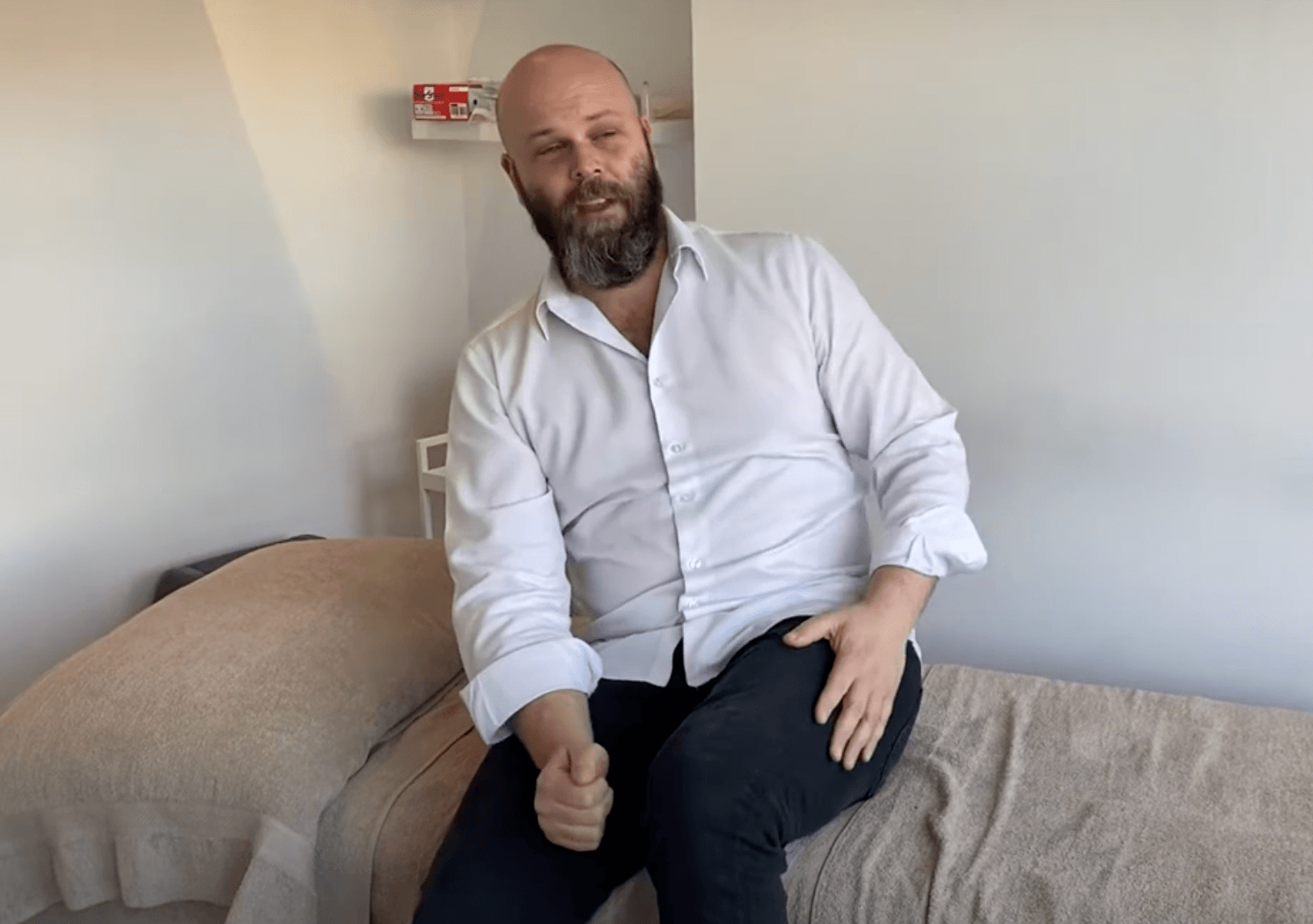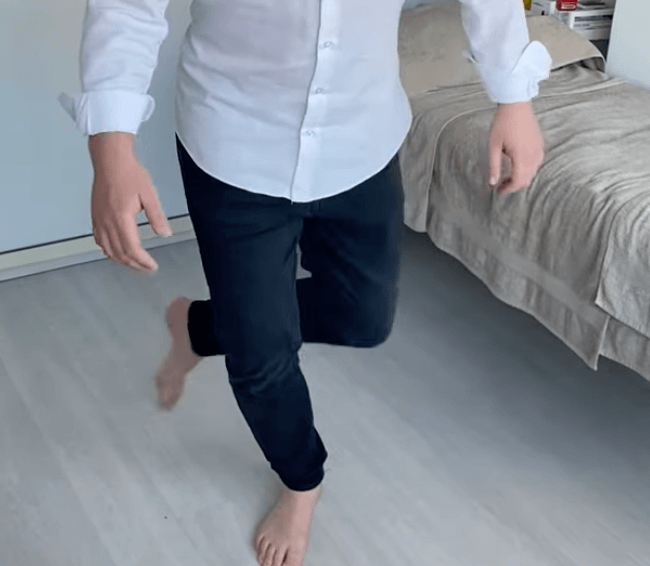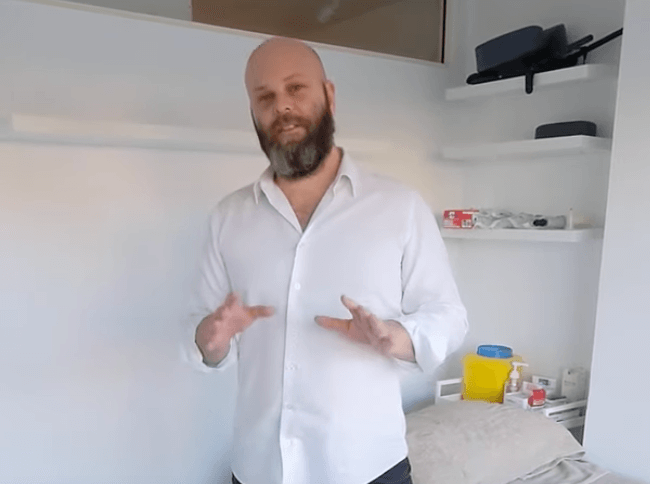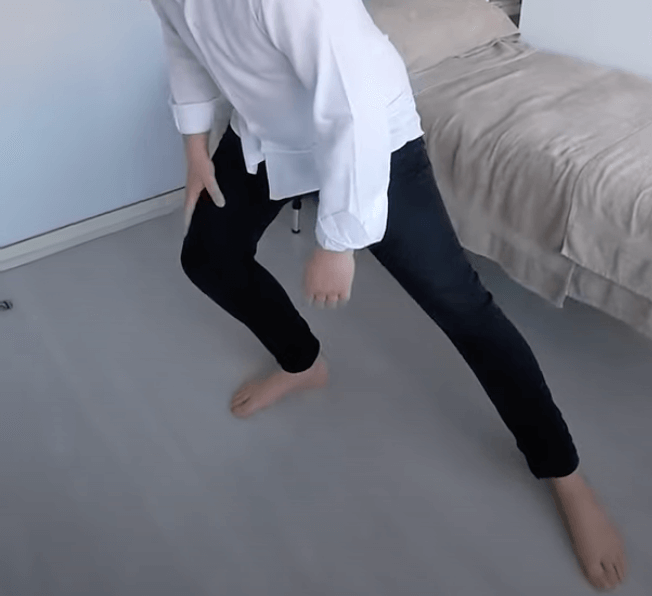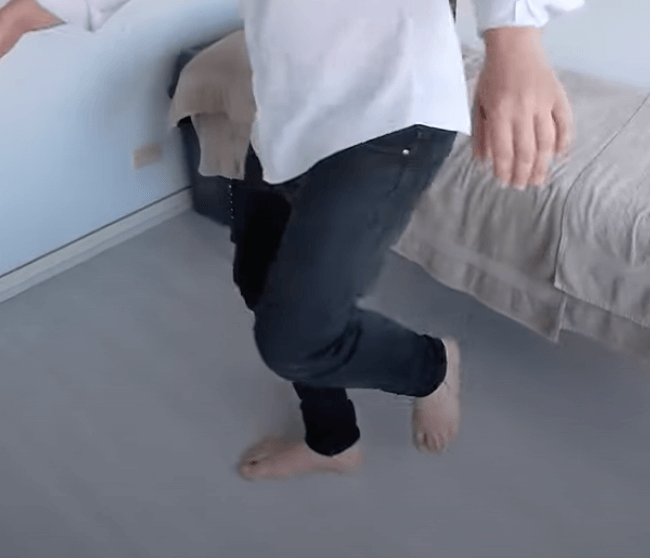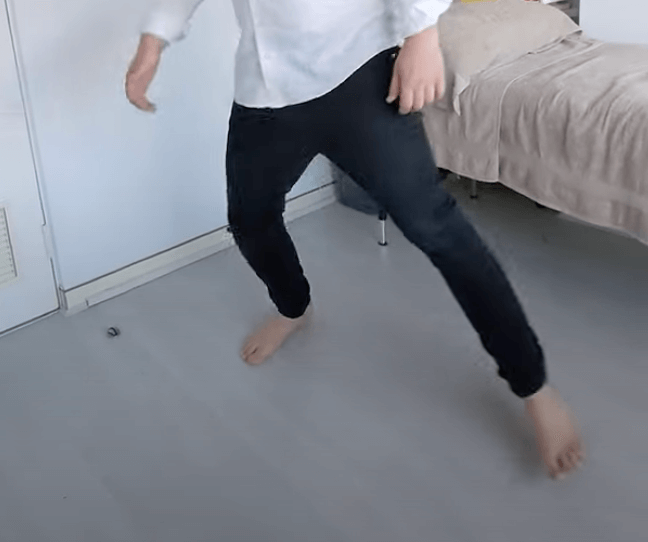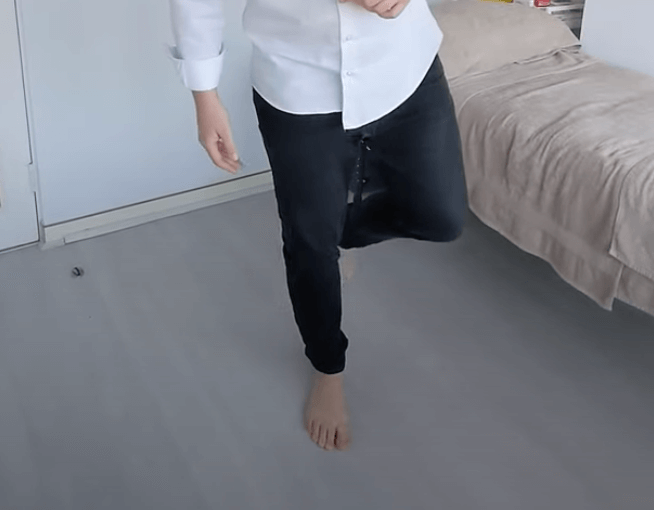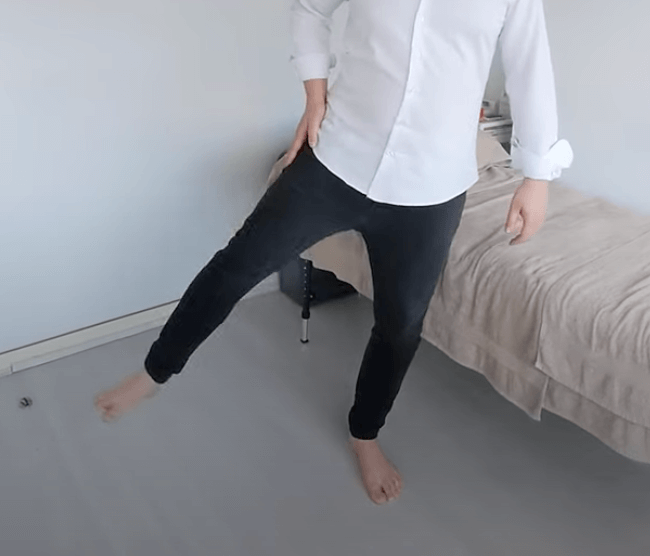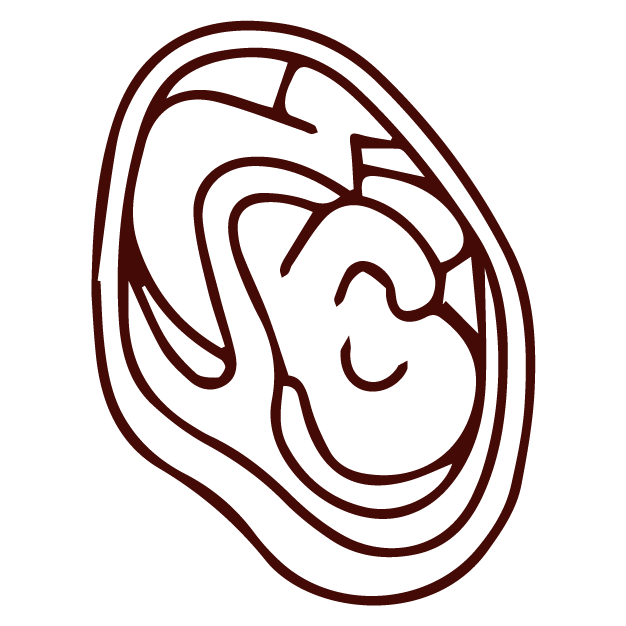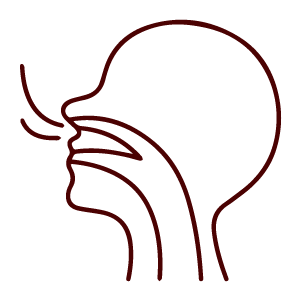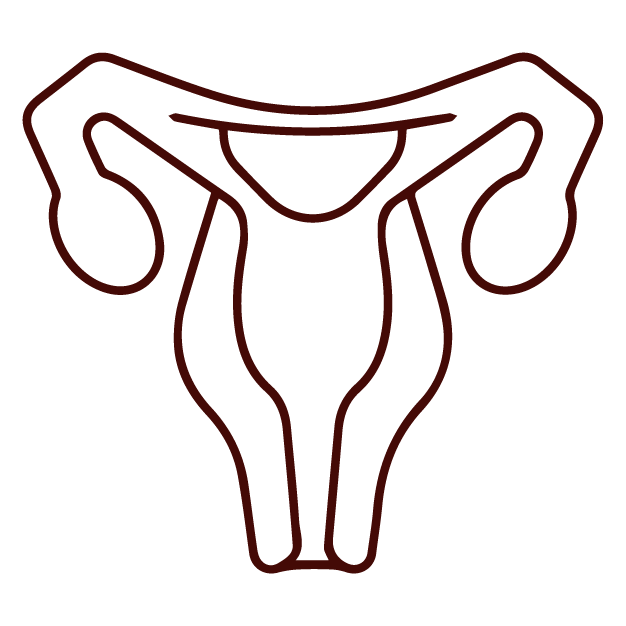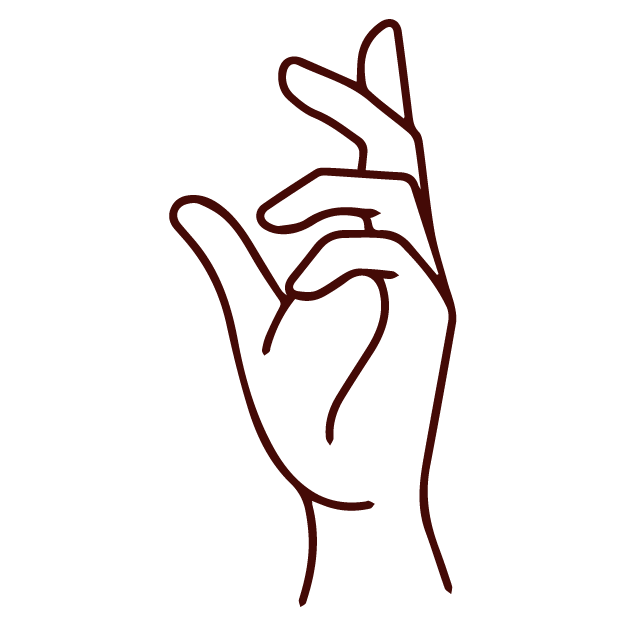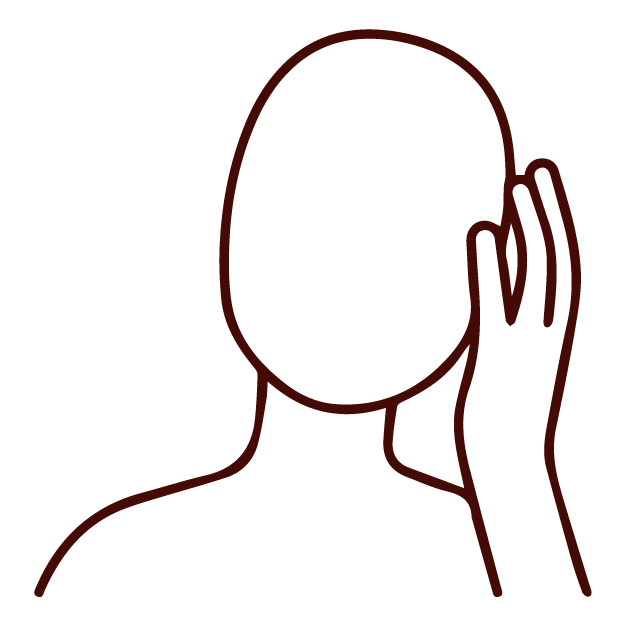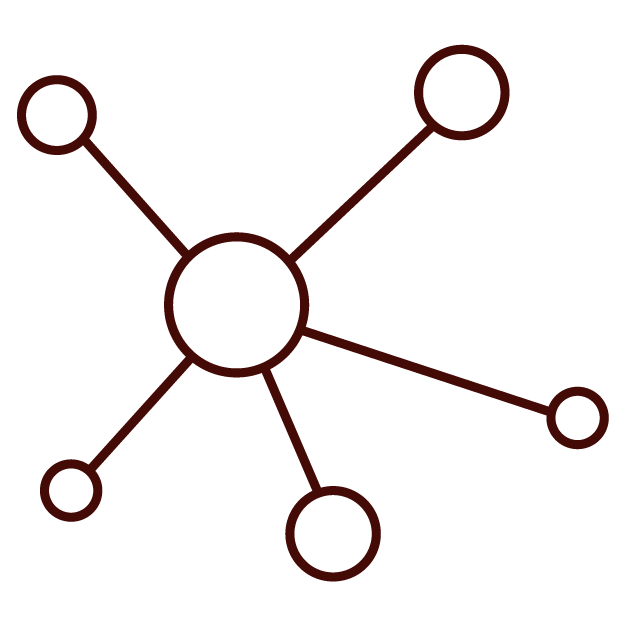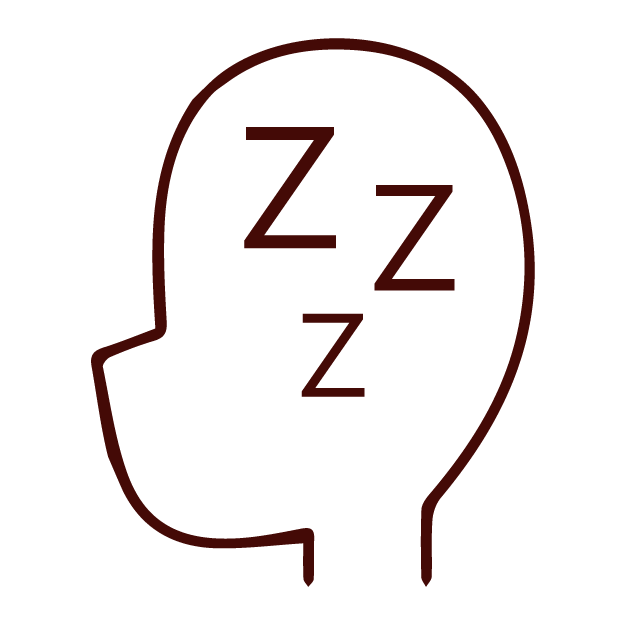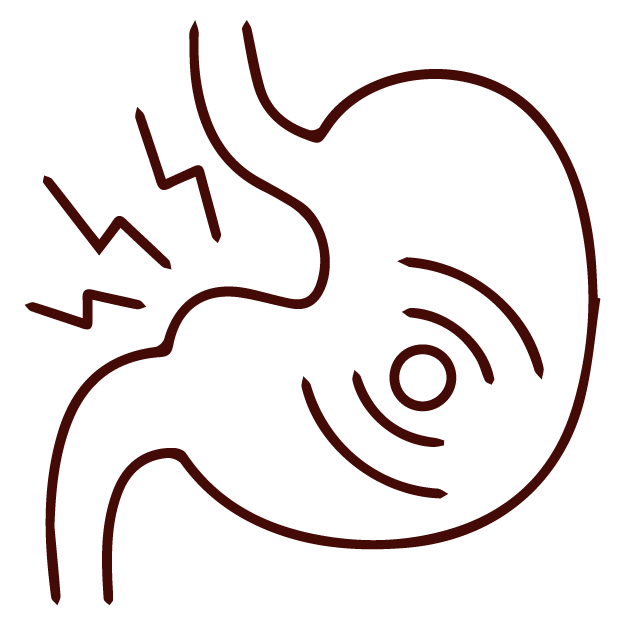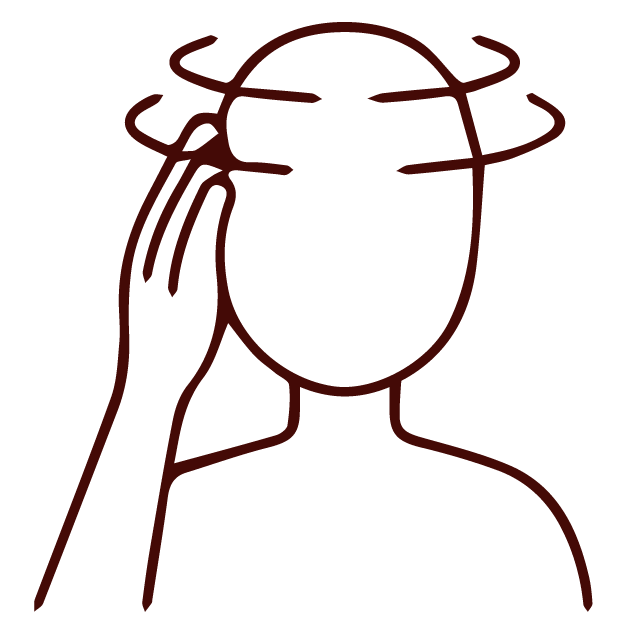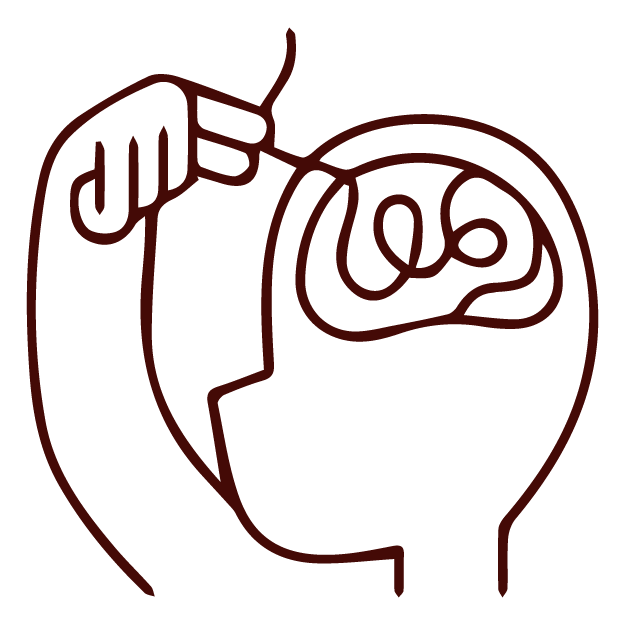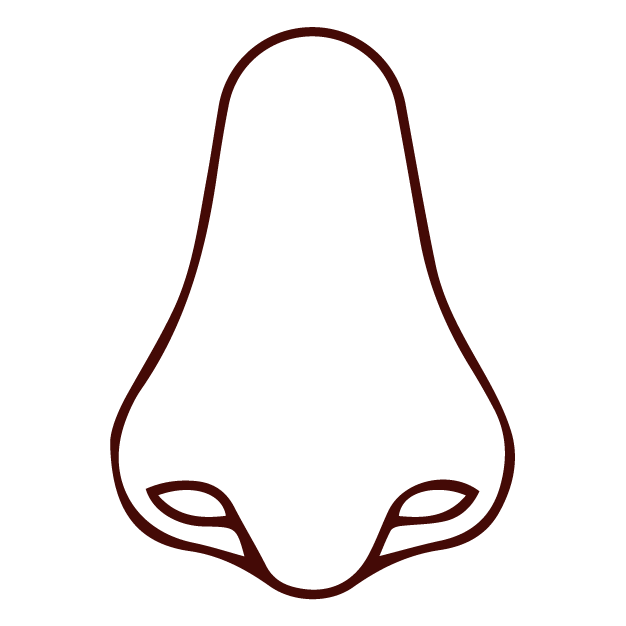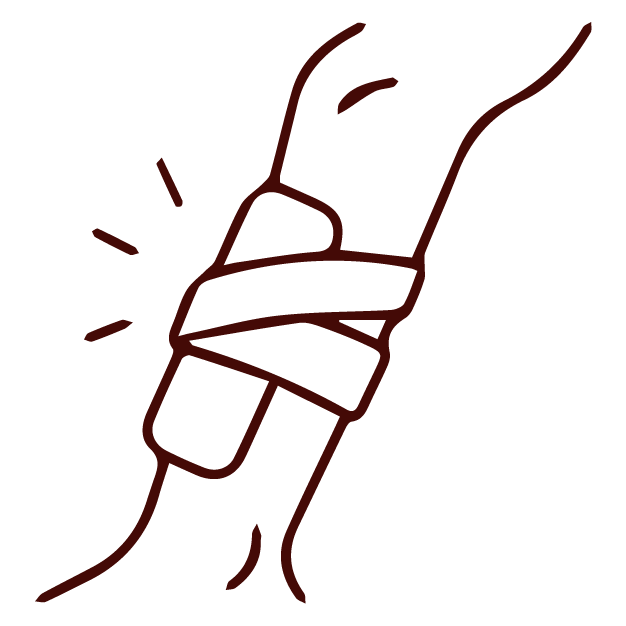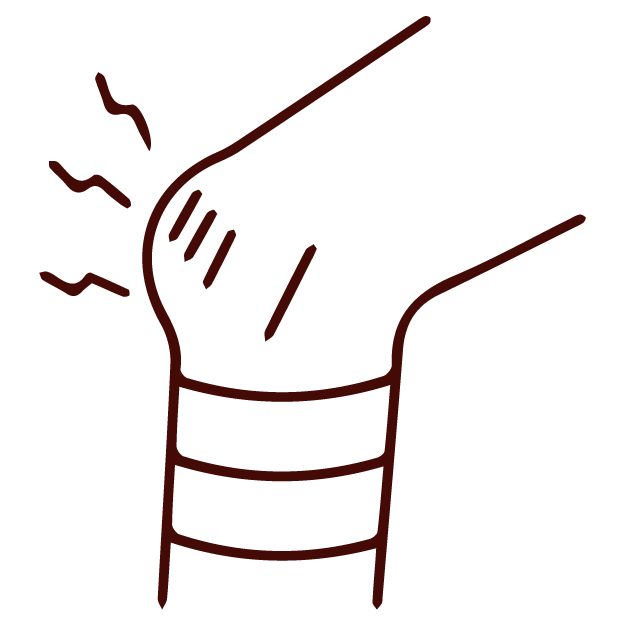So you’ve injured your ankle — how can acupuncture and Chinese medicine help?
At Village Remedies clinics in Sydney CBD and Balmain, we work with a wide range of sporting injuries like rolled, sprained and broken ankles. This page is a resource of rehabilitative exercises for recovering from an ankle injury. It is intended for educational purposes only and should only be followed with the guidance of your acupuncturist or other health professional.
From Assessment to Recovery — Your Ankle Injury Treatment Plan
After an injury, the first thing is to have it checked out to get an idea of the severity. See the video below for a simple self-assessment routine, but when in doubt, go check in with your doctor.
It’s also helpful to understand the type of injury you may be dealing with, as different injuries may require different approaches to recovery. Common types of ankle injuries we often encounter in our Balmain and Sydney centres include:
- Sprains – overstretching or tearing of ligaments, usually from rolling or twisting the ankle.
- Strains – injury to muscles or tendons, often from overuse or sudden movements.
- Fractures – breaks in one or more ankle bones, typically from trauma or impact.
- Chronic instability – ongoing weakness or looseness in the ankle due to repeated injuries.
Once you’ve had it assessed, our goal with acupuncture and Chinese medicine is to help support your recovery process and hopefully speed things up for you. At Village Remedies, we use a very safe style of acupuncture where points distant to the injured area are used to trigger the body’s innate healing response. This means that even if you’re in a boot to immobilise after a serious break, we can still use acupuncture to help without the risk of aggravating any of the already injured tissue.
Your practitioner will also be looking to treat you as a whole person rather than just an injured ankle. This means we look at how we can help support your body’s overall ability to heal by looking to reduce the stress response (which is often elevated in pain and injury), improve sleep quality and promote healthy digestion. To help support this and your ankle recovery, your practitioner may also recommend Chinese herbs. The benefit here is that you’ll be getting a little treatment daily from the inside, and we find that it can help boost the effects of acupuncture.
Below, we will walk you through the different phases of recovery you can expect to go through and the associated exercises to work on. Depending on the severity of your ankle injury, full recovery can be anywhere from two weeks to three months or more, which is why it’s important to work under the guidance of your acupuncturist or other trained health professional, progressing through phases gradually as you can perform the exercises consistently without pain.
PHASE 1 (ACUTE INJURY)
This is for the first 48 hours after injury. The goal here is essentially to reduce pain, discomfort and the risk of re-injury and start giving your body a chance to heal. The standard “PRICE” advice applies:
Protect – be careful not to re-injure it.
Rest – take the load of the joint and give it a chance to start to heal
Ice – Around 10–20 minutes on, 20 minutes off for pain relief and reduction of swelling. While this is a very common recommendation for many types of injuries and pain, it is only recommended within the first 48 hours after initial injury as overuse of ice beyond this point has been shown to delay recovery rates.
Compression – helps reduce swelling and stabilises joints.
Elevation – also helps reduce swelling.
During your recovery process, you may experience exacerbations of pain and/or swelling, so it is okay to use the above protocol. Just be mindful not to overuse ice as it may impact your recovery time.
PHASE 2
Working within your pain threshold, our goal in this phase is to start gently mobilising the tissue around the joint as well as activating the glutes, which are needed to support your whole leg and are often inhibited after an ankle injury. It is very important to remember that a feeling of fatigue during these exercises is okay, but if you experience pain at any point, then you should stop and rest. Work until you start to feel the fatigue, but don’t push it to the point of total failure of the ankle’s strength. You will get there gradually, but pushing through the pain will likely re-injure the area and set you backwards.
PHASE 3
So, you’ve rebuilt some level of stability and pain-free movement. The next step is to work on what’s called “proprioception”. This is your brain’s awareness of your ankle and its location in space at any given time. After an injury, your proprioception will be affected, and in cases of chronic ankle injuries, this is often a key reason for frequent rolls and missteps. If this is not addressed, it may leave you prone to future re-injury. Remember a sense of fatigue in the muscles around the ankle is okay, but don’t push through pain or to muscle failure.
PHASE 4
Now that you’re more stable and pain-free again, it’s time to start rebuilding some strength in and around the ankle. Remember a sense of fatigue in the muscles around the ankle is okay, but don’t push through pain or muscle failure.
RETURNING TO EXERCISE
If you’re not an athlete or super active, you can skip this step, but if you regularly exercise or train for sport, you’ll want to check in with your ability to perform the exercises below. Keep working at them until you feel strong, stable and confident in these movements before returning to your regular activity level. Remember a sense of fatigue in the muscles around the ankle is okay, but don’t push through pain or muscle failure.
ACUPRESSURE & CHINESE MEDICINE FOR AN ANKLE INJURY
While we do recommend acupuncture for ankle injury recovery, there are some simple points that you can massage yourself to help you along in the above process. There is also traditional dietary advice for injury recovery included below. With the acupressure points, only apply pressure until you feel a dull, achey feeling at the point and maintain this pressure for 30–-60 seconds, or until the ache eases. If uncertain, consult with your acupuncturist.
Our Acupuncture Clinics in Sydney’s CBD & Balmain
If you would like to try traditional Chinese acupuncture in Sydney for your ankle injury, you can book online, contact us or call.
Sydney CBD: 0412 728 227
Balmain: 0478 753 881
You’re also welcome to explore our other treatments and learn about the range of conditions we help manage at Village Remedies.

